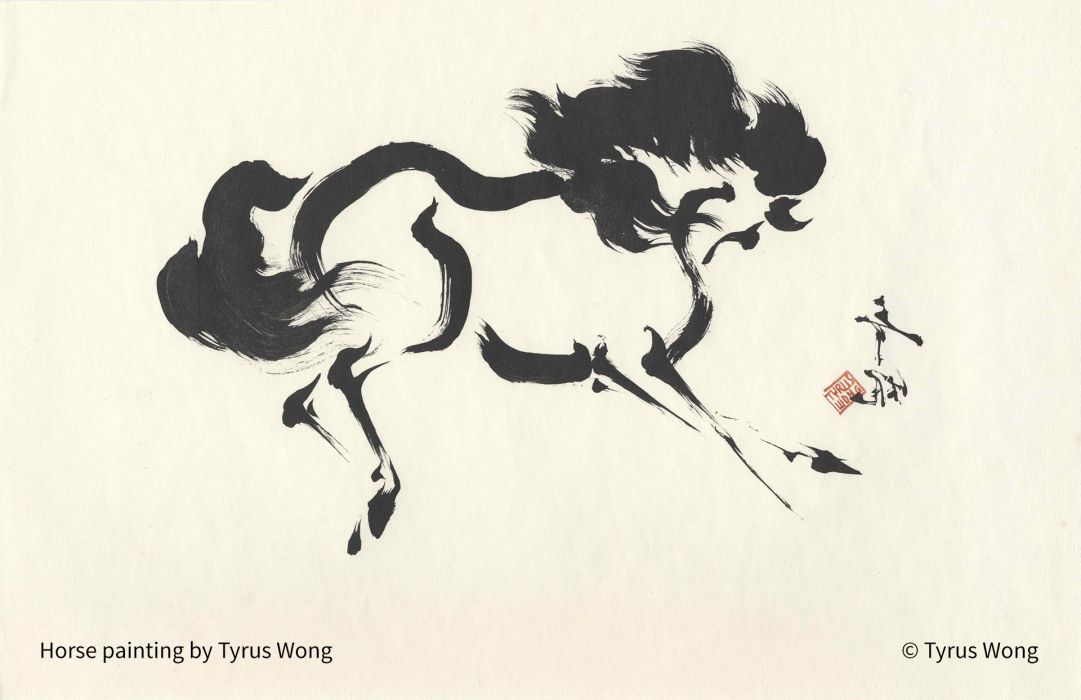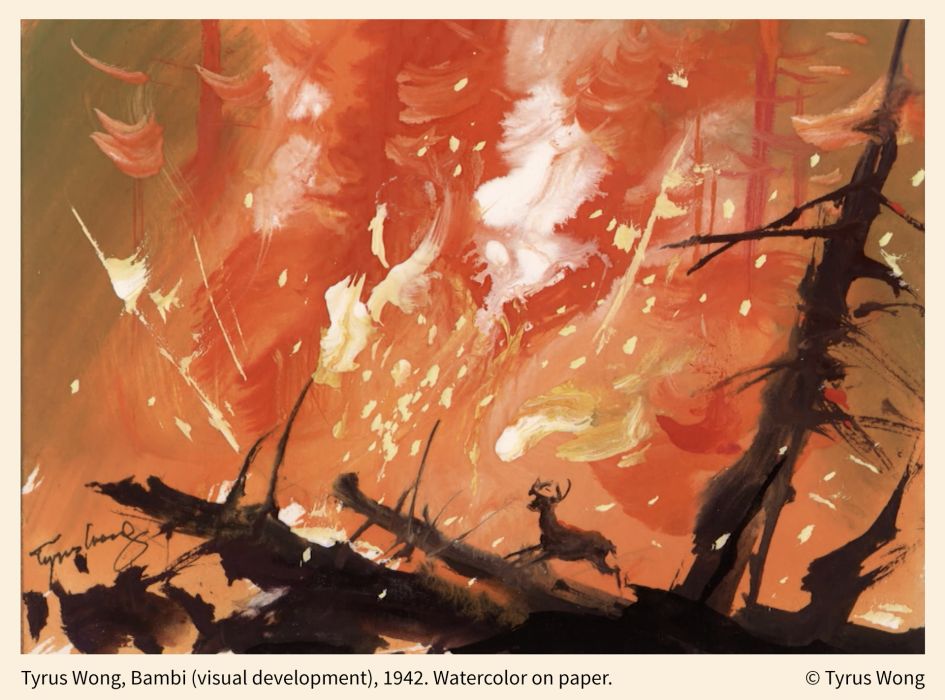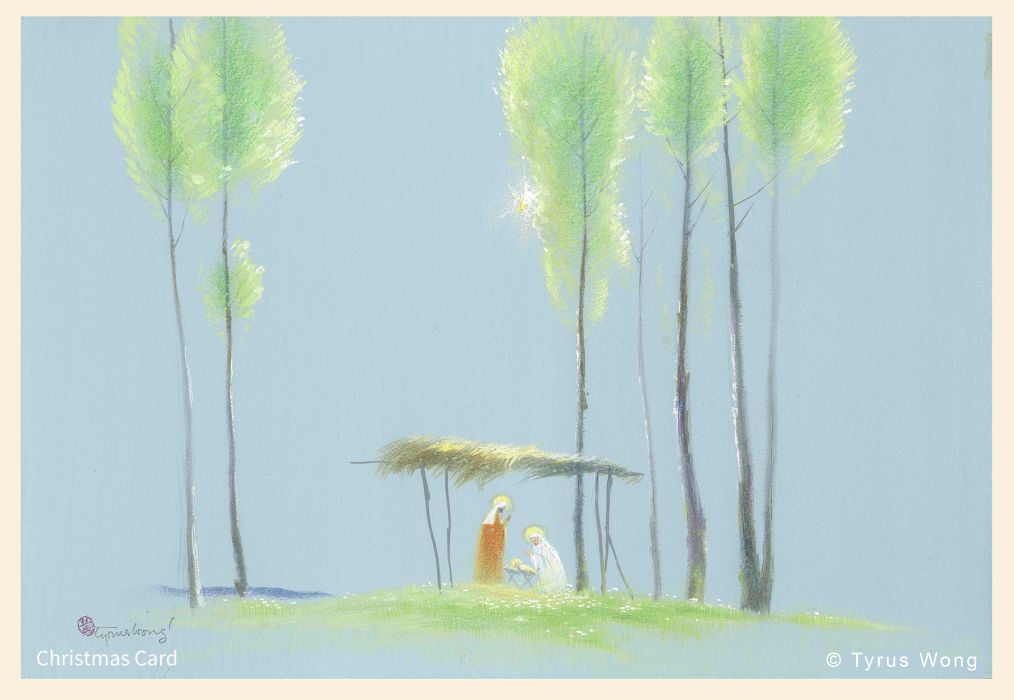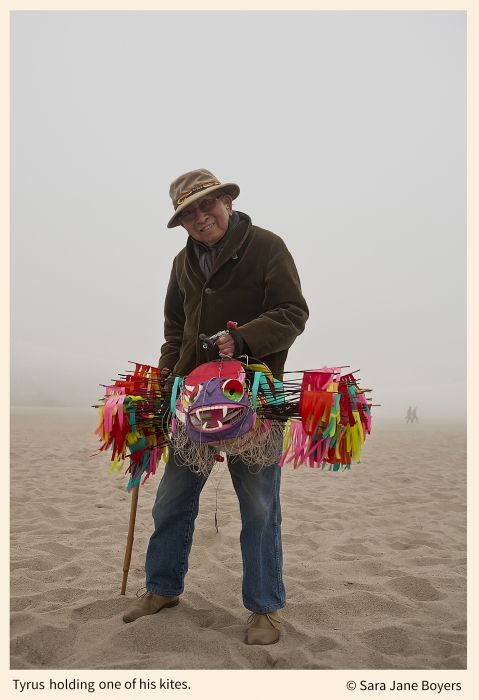PBS American Masters: Tyrus Wong
“He only worked at the studio for three years and during that time, devoted himself to just one movie, Bambi. But what a film it was.”
Roy Disney on Tyrus Wong Disney Legends Award Ceremony 2001

I don't know about you, but the next time I watch Bambi, not only will I have a greater appreciation of the art and animation in the film, but I will approach it with a newly discovered respect for the artist behind the Disney masterpiece.
Nearly a year after his death at the age of 106, Tyrus Wong is getting his justly deserved recognition in a new documentary Tyrus which aired on PBS. The film, the brainchild of director Pamela Tom, was completed in 2015 and has been featured at film festivals with rave reviews.
As part of the PBS American Masters series, Tom shared with viewers Wong's personal photographs, artwork and his love of making kites, but she has the subject himself, Tyrus, lead us on a fabulous journey from his arrival in America, right up to his making and flying kites in Santa Monica until his passing in 2016.
What a brilliant move on the part of Tom to let us hear Tyrus' story in Tyrus' voice instead of some booming voice-over narrator. There are times when an announcer is used to transition from one segment or chapter of Tyrus' life to the next, but as a documentary tool, it is hardly noticeable and doesn't interrupt the flow of the 75-minute movie.
The director occasionally uses subtitles to transition from scene to scene as well as to reinforce what Wong is saying at times due to his thick but mostly understandable Chinese accent.
Tyrus is a documentary for Disney fans as well as non-Disney fans. If you like movies, you will enjoy this film, simply because there is more to learn beyond Wong's three-year career at Disney. After leaving the Mouse House, he spent three decades at Warner Brothers where he worked as a production illustrator on such blockbusters as The Music Man, Camelot, Harper, and The Wild Bunch, just to name a few.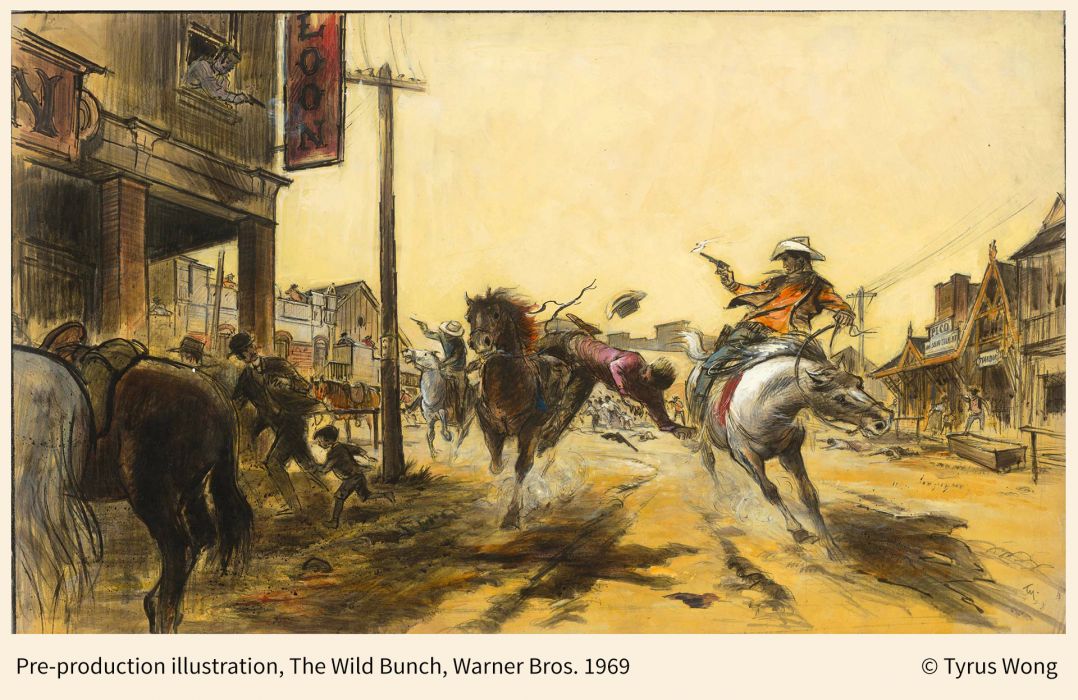
To appreciate Wong's talent and contributions today, you have to journey back to the past and that is exactly what Tom does with her movie. When nine-year-old Tyrus left his home in China with his father, he left his mother and other family members behind never to see them again. He traveled across the Pacific and talks about seeing a toilet for the first time on his ocean transport and confessing he didn't know what it was or how to use it. Upon arriving at California's Angel Island, the so-called Ellis Island of the west, Tyrus remembers being separated from his dad for a month and how he “hated that place.”
Reunited with his father, the two embarked on a journey of what they thought would be a land of opportunities but amounted to nothing more than great poverty, prejudice and racism. Left alone to care for himself while his father traveled to Los Angeles to find work, young Tyrus found art. A teacher discovering the youngster's talents managed to get him a summer scholarship to the Otis Art Institute. After the money ran out, Tyrus was back on his own until he was able to convince his father to pay to send him to Otis.
The first 32 minutes of the documentary recounts Tyrus' arrival in America, his schooling, falling in love, getting married, starting a family and landing a coveted job at the Walt Disney Studios. He recalls that he heard the studio was working on Bambi, and he got hired but as an “in-betweener,” where he worked on sketches that would advance animated character from one major movement to the next. It was a job that he really disliked but ultimately caught the attention of Bambi director Tom Codrick who convinced Walt to hire Wong.
Tyrus was eventually given complete artistic control over Bambi, a move that was rarely given to a Disney animator. On screen, with his eyes looking toward heaven, Tyrus exclaims “Thank you, Walt.”
But despite that gratitude, Wong and Walt never met and Wong was eventually fired prior to the release of Bambi, and according to those interviewed for the documentary, Tyrus was never appropriately credited in the animated classic for his outstanding contributions.
Was it colleague prejudice, jealousy or a combination of the both that got Wong fired from Disney? This isn't definitively answered in the movie. Whatever the reason, Wong never complained about what happened, he just moved on to the next storyboard of his life. Warner Brothers.
Following a stint as a Hallmark card artist and illustrator, Wong was offered opportunities to return to Disney to work on Mulan as well as go back to the Warner lot but Wong appears in the movie to be resolved to the fact that those studio days were in his rear view mirror and the sky was now the limit in the kite making chapter of his life.
The documentary highlights that Tyrus finally got the credit, respect and attention that he so rightfully deserved later in life. And despite the obvious decades long slight of his accomplishments, Tyrus kept smiling and enjoying what life handed him. He professes he wasn't much of an artist but adds that luck and hard work had a lot to do with his success. “I believe in fate, I am very lucky,” Wong concedes.
Tyrus is a movie about an artist and a filmmaker who despite extraordinary odds, rose above it and succeeded. As the documentary depicts at the beginning in a world where Chinese immigrants were only thought of as house boys, laundry men or dish washers, Tyrus overcame all of the negativity and stereotypes. He left his mark in the world through his art, his animation and yes even kite-making. He proved that with luck and hard work you can rise above life's staggering odds and leave your impression for generations to come. In the end, film fan or not, Tyrus is a heart-warming, inspirational lesson we can all learn from.
The full episode of Tyrus is available online on PBS now through October 8th.



